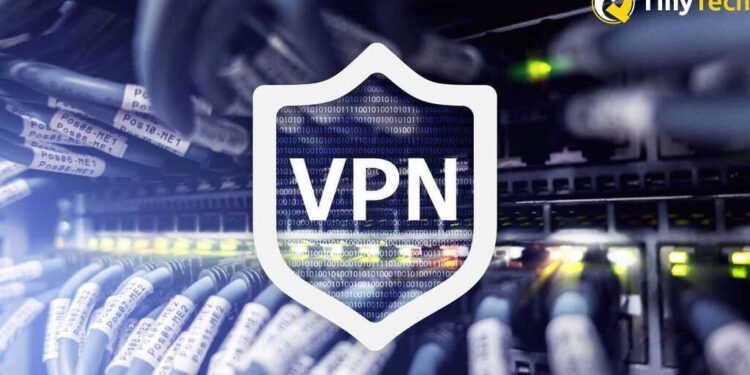Virtual Private Networks (VPNs) have become a major part of our internet life. Today, these services are being used to restore internet privacy and security, access geo-restricted services, avoid censorships, stream online, and do so much more.
However, despite only gaining popularity over the last few years, the technology has been around for over 20 years. There’s so much you can learn about how a VPN works and what you can use it for, but today we’ll explore its creation and evolution over the years.
How VPNs started
The idea of a VPN can be traced back to 1996 when Microsoft employees created the Point-to-Point Tunneling Protocol (PPTP). This protocol was designed to provide a way of creating a secure network by encrypting data and creating a tunnel that could offer a connection from one point to another over the internet.
The protocol caught up quickly as the need for security was rising with the penetration of the internet, and it soon started being used over public networks. To use PPTP to send data, all that was needed was a username, a password, and the server address. This tunneling could be initiated either by users (voluntary tunneling) or by the server (compulsory tunneling).
The tunnel would protect data by ensuring a private connection from one point to another, and so no third-party would interfere with the data. In case of any data loss, the encryption would then ensure that the data is not usable to anybody who intercepts it. Upon receiving the encrypted data, the user is required to provide authentication to decrypt it.
The Basics of VPNs: IPsec, SSL, and Mobile
Today the most common types of VPNs are Secure Socket Layer (SSL), Internet Protocol Security (IPSec), and Mobile diebestenvpn.
Secure Socket Layer (SSL)
SSL is the most popular type of VPNs, and almost all internet users have used it – even without realizing. This is an internet security standard that is established between two systems to secure sensitive data and prevent it from falling in the hands of criminals.
The technology is mostly associated with online shopping to protect personal and sensitive information such as payment details. Although SSL is still the common term, the technology has been updated to Transport Layer Security (TLS), and is implemented through an SSL certificate.
Internet Protocol Security (IPSec)
IPSec is a secure network protocol which authenticates and encrypts data packets to ensure secure communication over the internet. Unlike SSL, IPSec can be applied in lots of systems to encrypt and authenticate data.
These are the VPNs used by organizations for site-to-site connections and to ensure that company data in transit is secure.
Mobile VPNs
Mobile VPNs are simply meant to offer just that – mobile wireless security. These VPNs operate with a more advanced level of data compression to ensure that they use less resources in terms of memory and power. They are the VPNs we have grown accustomed to today, and users are not restricted to PPTP as they can now choose from multiple other VPN protocols.
The evolution of the use of VPNs
When PPTP was invented, the primary reason was to ensure the secure transfer of data from one point to another. And while it is still being used due to its simplicity, the use of the technology has evolved over the years.
When the internet became popular, corporations started using VPNs to offer organizations the opportunity to provide their employees access to a secure end-to-end encrypted connection to cloud resources on a company network.
However, while those VPNs are still in use today, personal VPNs are the technology associated with the term “VPN” today. This is due to the increase in cybercrime and the ever-growing internet surveillance, geo-restrictions, and censorships. Today, VPNs are no longer being used by paranoid privacy enthusiasts, but are a necessity that you should consider.











